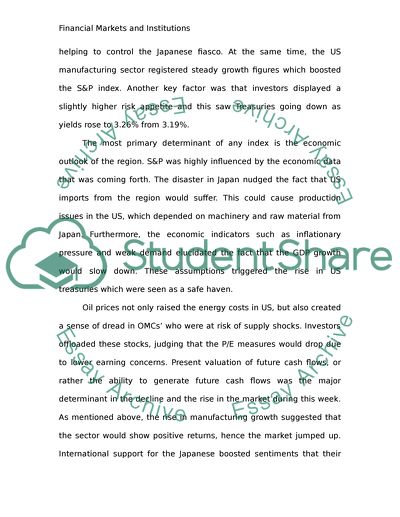Cite this document
(“Financial Markets and institutions Assignment Example | Topics and Well Written Essays - 2000 words”, n.d.)
Retrieved from https://studentshare.org/family-consumer-science/1418176-financial-markets-and-institutions
Retrieved from https://studentshare.org/family-consumer-science/1418176-financial-markets-and-institutions
(Financial Markets and Institutions Assignment Example | Topics and Well Written Essays - 2000 Words)
https://studentshare.org/family-consumer-science/1418176-financial-markets-and-institutions.
https://studentshare.org/family-consumer-science/1418176-financial-markets-and-institutions.
“Financial Markets and Institutions Assignment Example | Topics and Well Written Essays - 2000 Words”, n.d. https://studentshare.org/family-consumer-science/1418176-financial-markets-and-institutions.


